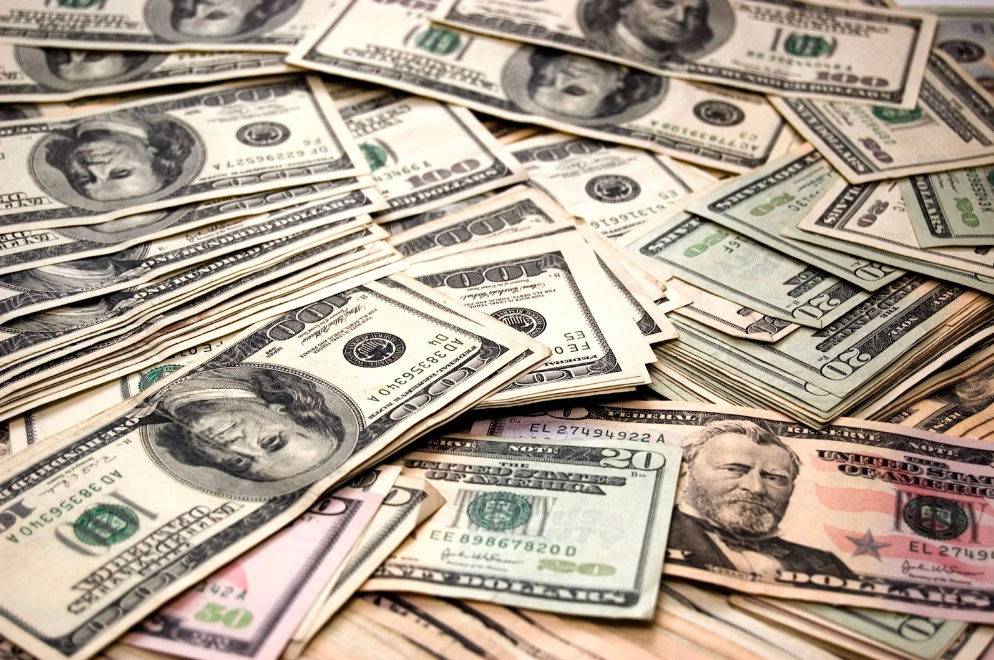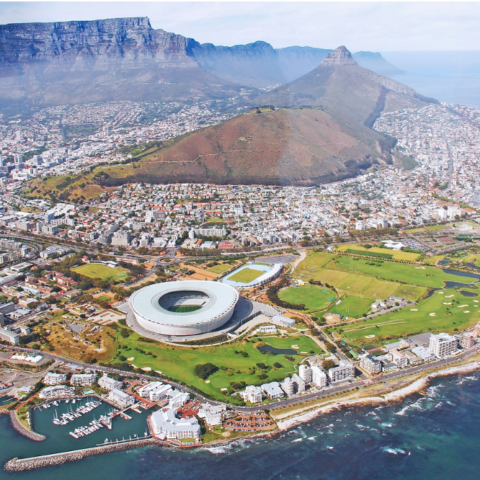By Aviella Schwartz

In a capitalist system, free markets self-regulate and redistribute wealth without any assistance from government institutions. Even as disparities in income, education, and access to resources rise, America promises that no economy or government other than one functioning under capitalism, is better for one’s personal finances, one’s fiscal mobility, and the American collective on the whole. Even when the wealthiest five percent of Americans amass over two-thirds of the wealth in the United States, unwavering support of the capitalist system from American legislatures has remained. However, the cracks in the system are becoming more evident as the United States has entered a new era of late-stage capitalism. Late-stage capitalism describes a point in which there is an acceleration in the turnover of capital, concentrating wealth in the hands of the few, resulting in a continuous tendency to crises. As this stage of capitalism has developed, the United States has seen a dramatic rise in inequality, exacerbated by weak democratic institutions, as a result, undermining democracy as a whole. Without institutional correction in the form of tax reform, the share of wealth the top one percent of income earners in America harbor will only continue to grow, sending democracy to a standstill and leaving the United States miles behind the rest of the developed world.
America faces some of the lowest participation in elections of any developed country. Of the indicators of a functioning democracy, one of the most important is participation in elections. Sweden, a country often regarded as one of the world’s most robust democracies, had 80.3% of their of-age voters turn out in their 2022 election, while in the U.S. 2020 presidential election, that number reached only 62.8%. America lacks institutions like that of Sweden to help bolster democratic participation, but it also lacks the more fundamental component, exacerbated by late-stage capitalism, required to sustain it: income equality. In 2014, almost all of the most financially secure Americans (94%) said they were registered to vote, while only about half (54%) of the least financially secure were registered. Poorer Americans, who are more often women and people of color and who tend to vote in one direction, have much lower voting rates compared to their wealthier counterparts. If the number of people living below the poverty line continues to increase, the people actually getting to the polls will elect a skewed Congress, as those who do end up voting, are voting in the interests of a narrower population, inaccurately representing the true beliefs and desires of the entirety of the United States, undermining America’s democracy further. In a country with as much income disparity as the United States, a structural solution is required to account for the weakening of democracy that late-stage capitalism has created.
A seemingly intuitive solution, yet a controversial one, is implementing a wealth tax. Taxes are a central institution in securing the operation of virtually every public sector, and no one relies on the operation of these services more than America’s lowest-income earners. In the United States, the majority of taxes come from federal income taxes, while taxes from large corporations make up only six percent of tax revenue. Further, while the average American paid 14.9 percent of their income in taxes in 2021, the wealthiest 400 billionaire families in America contributed just 8.2 percent of their income to taxes. Even worse, each of the top 1,300 richest households in America made more than $62 million in 2012, but they pay a lower percentage in federal income taxes than upper-middle-class people.
The solution is simple: increase the proportion of tax revenue coming from both corporations and America’s wealthiest. A wealth tax redistributes money that would have been used in the interests of the wealthy and invests it back into the public sector. This allows people to save money they would have otherwise been forced to spend if not for the support of public resources, therefore reducing the burden taxes possess on the poor. Among rental households below the official poverty threshold, 61.4% included at least one person getting SNAP and 19.2% included at least one person getting Social Security benefits in 2016. It is evident that Americans in poverty rely heavily on government programs for support, support that is no less essential when it’s time to go and vote. A wealth tax could fund systems like public child care and paid time off, services often not available to working-class Americans who would require such services in order to safely take time away from their precious working hours to go and vote. For people who rely on every single paycheck, every single paid hour, in order to provide for their families, the choice between three hours of paid work or participation in America’s democracy is a simple one: they will choose the grocery money, the insurance money, the childcare money, and the gas money every single time. In order to maintain a healthy democracy, access to it must be undemanding to its participants. For the wealthy, without time, money, or resource constraints, there are few obstacles.
When it redistributes effectively, a wealth tax reduces some of the obstacles America’s poorest face when attempting to participate in democracy, increasing their representation and reinforcing democratic institutions. In an era of late-stage capitalism, institutional structures are required to ensure democracy functions at its best.
Photo Credit: https://www.stockvault.net/photo/108803/money-pile-of-dollar-bills

